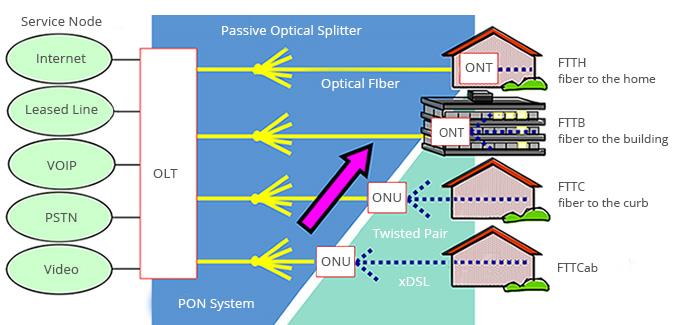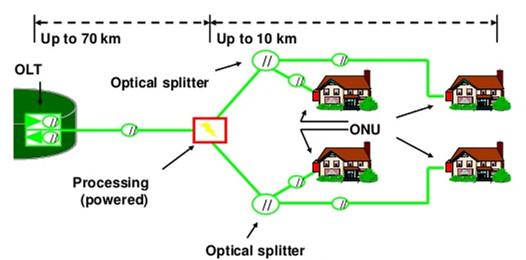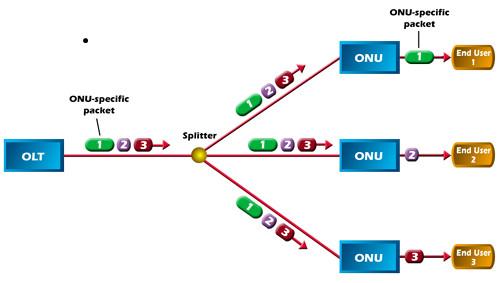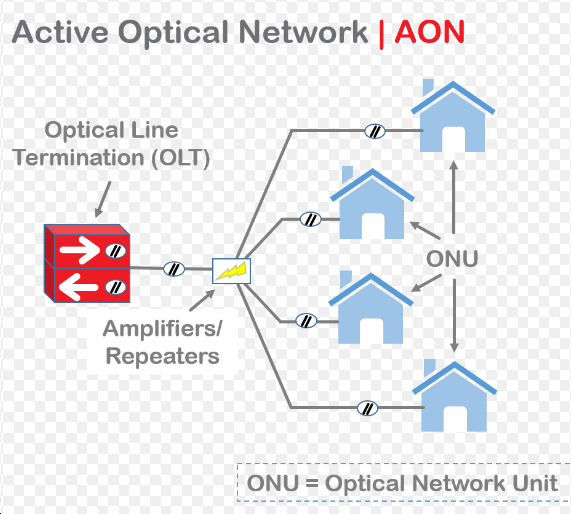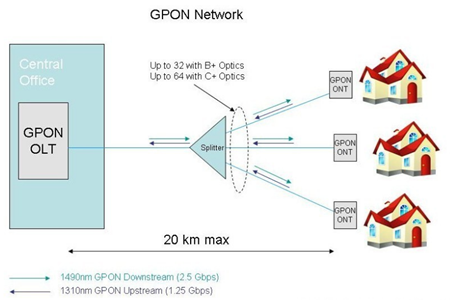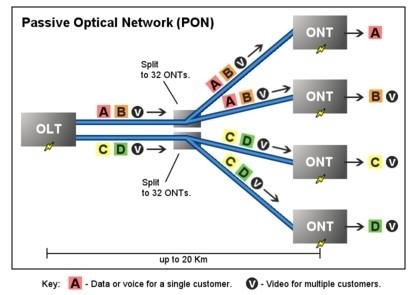2017-07-04
1. Cable failureFiber optical cable interruption leads to equipment without light, or cable damage causes excessive light attenuation. This kind of failure has a large impact, which can easily lead to no access to a large number of users.When such a failure occurs, the number and distribution of the




























































